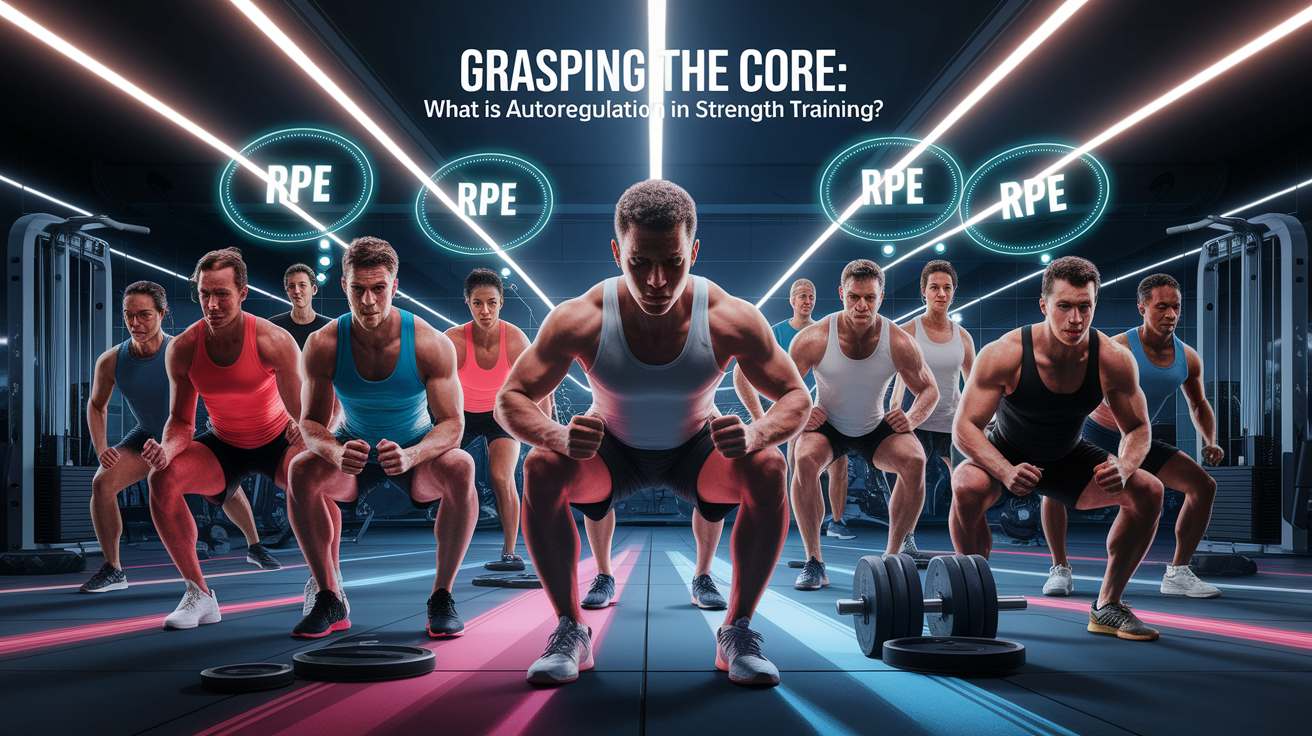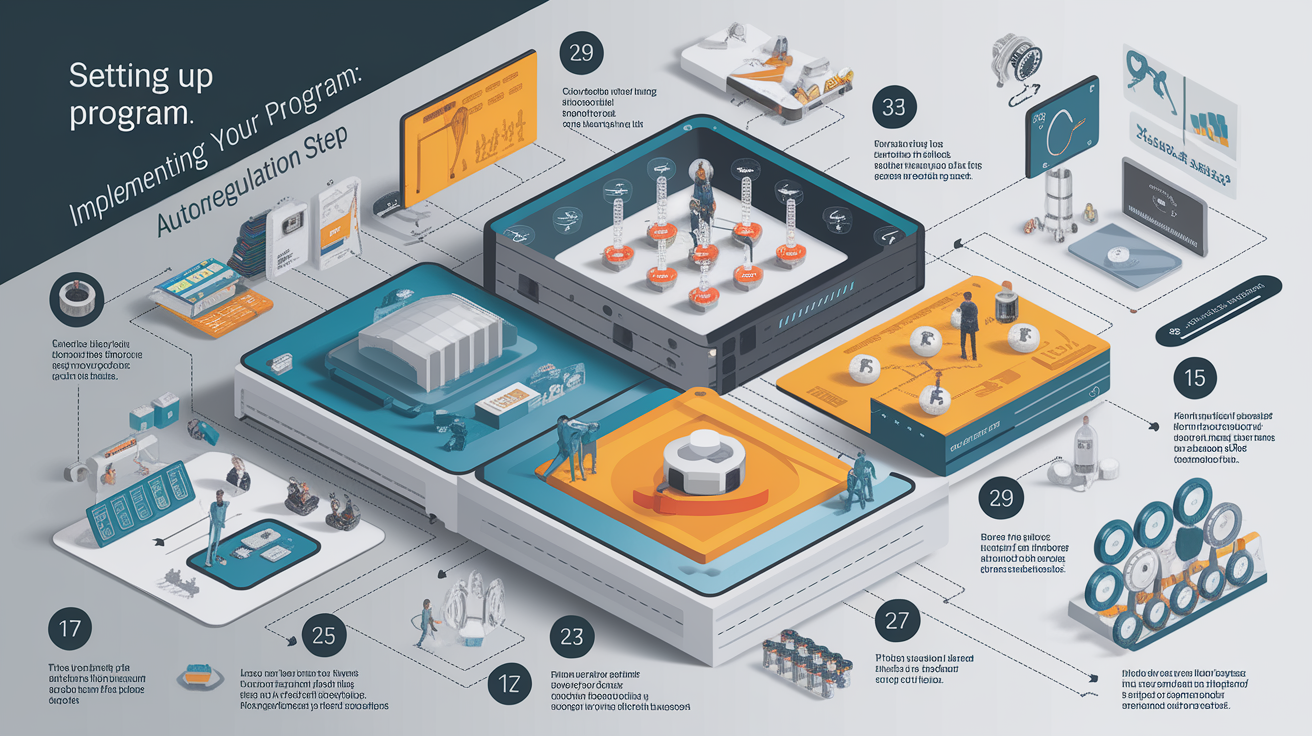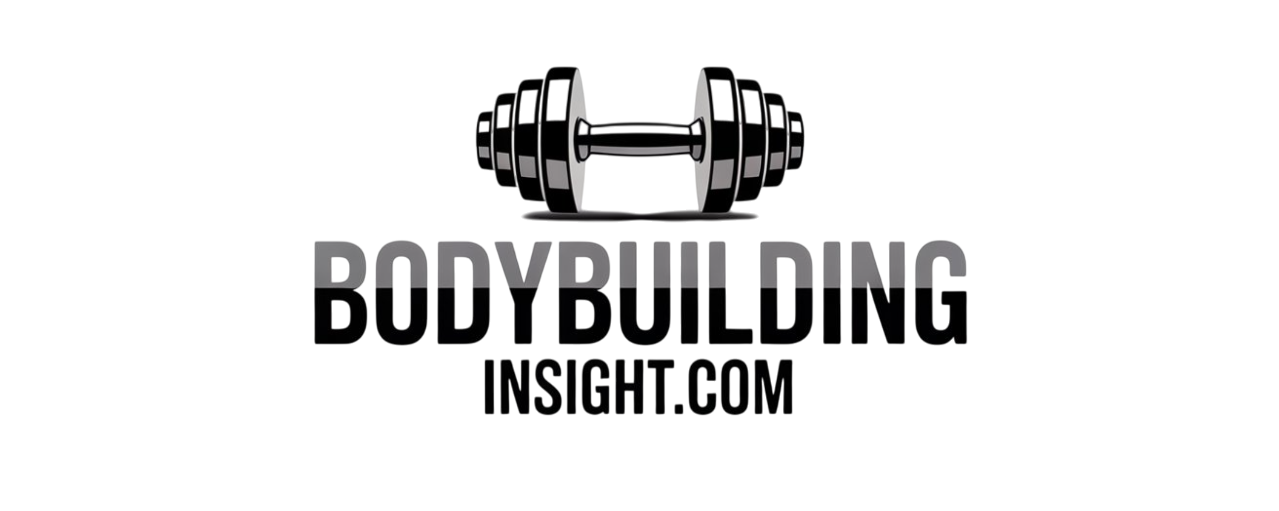Sculpting Strength with RPE Autoregulation: Your Path to Adaptive Power
Grasping the Core: What is RPE Autoregulation in Strength Training?
Autoregulation is a training methodology that adjusts your workout load and intensity based on your real-time readiness and performance. Instead of following rigid, pre-planned percentages, autoregulation allows you to adapt to daily fluctuations—fatigue, stress, sleep quality—ensuring that training fits your current capacity rather than forcing you into a fixed prescription. One of the most accessible and widely used autoregulatory tools in strength training is the Rating of Perceived Exertion (RPE).

Originally developed for endurance sports to track effort in activities like running and cycling, RPE has been refined for strength training—thanks in part to coaches like Mike Tuchscherer—to quantify how hard a set feels. It allows lifters to rate their perceived exertion after a set, adapting training in real time. This approach honors the complexity of your body’s daily responsiveness, making it a cornerstone in powerlifting, weightlifting, and other strength sports.
The Mechanics: Why and How RPE Autoregulation Works
Your training capacity is not static—it changes day to day due to factors like recovery, nutrition, stress, and accumulated fatigue. Using RPE means you’re tuning your training load to these fluctuations. On a day when you feel strong and recovered, you may push heavier. On days when your body signals that it’s under-recovered, you might reduce load to manage fatigue and mitigate injury risk.

The RPE scale in strength training typically runs from 6 to 10, with the number tied to your Repetitions In Reserve (RIR). For example, RPE 8 means you have about two reps left before failure. This direct perception ties training intensity to actual performance, rather than theoretical percentages, making your programming adaptive and self-correcting.
Research comparing autoregulated and fixed-load training confirms that autoregulation improves training responsiveness and long-term adaptation (scientific review), ensuring that your training stimulus matches your recovery state.
Setting Up Your Program: Implementing RPE Autoregulation Step by Step
- Learn the RPE Scale: Get comfortable with the 6–10 RPE range and its relationship to RIR. Keep a training log and note perceived exertion for every set.
- Start with a Baseline: Use percentage-based training for the first 2-3 weeks to calibrate your RPE perceptions against known loads. This builds consistency in judging effort.
- Match RPE Targets to Goals: For hypertrophy, target RPE 7–9 in the 6–10 rep range. For maximal strength, use heavier loads with RPE 8–9 for 3–6 reps.
- Adjust Load in Real Time: If a planned set feels at higher RPE than prescribed, reduce the weight. If it feels easier, increase load to hit the target RPE.
- Integrate Periodization: Blend RPE with methods like daily undulating or block periodization to manage volume and intensity over cycles.
To streamline application, start with one primary lift per session using RPE, then gradually expand coverage to accessory work as you refine your ability to gauge effort.

Autoregulation Showdown: RPE vs APRE vs Velocity-Based Training
Autoregulation has multiple faces. APRE changes load based on reps completed in a prior set, making adjustments purely from performance data. Velocity-Based Training (VBT) uses bar speed as a direct metric—requiring technology like motion sensors to track movement velocity.
RPE, in contrast, requires no special equipment and is rooted in the lifter’s subjective experience. This makes it highly accessible while remaining effective. While APRE provides objective rep-based feedback and VBT offers precise technical data, RPE teaches you to read your body and build a nuanced awareness of effort.
- RPE: Self-assessment of exertion, requires practice to master but is versatile and cost-free.
- APRE: Adjusts load based on actual reps achieved in prior set; more mechanical than perceptual.
- VBT: Tracks bar speed to determine readiness and load prescription; highly precise but gear-dependent.
Fine-Tuning Your Approach: Tips, Common Mistakes, and Advanced Strategies
Tips for Success
- Film Your Sets: Video feedback helps refine your internal RPE gauge.
- Pair RPE with Training Logs: Track patterns between sleep, nutrition, stress, and perceived exertion.
- Use RPE for Main Lifts Only: Keeps complexity low while maximizing accuracy.
Common Mistakes
- Overestimating Effort: Leads to underloading and missed adaptation.
- Ignoring Fatigue Management: RPE should be fluid; cling to the plan without adjustment and you negate its benefits.
- Failing to Recalibrate: Your RPE readings evolve as you gain experience and strength—update them.
Advanced Strategies
- Dual RPE Method: Record perceived exertion and bar speed (if possible) for richer data.
- Integrate with Conjugate or DUP: Mix RPE into advanced periodization schemes for precise load control.
Frequently Asked Questions (FAQ)
What is RPE autoregulation in strength training?
It’s a system that uses perceived exertion to adapt your training load in real time, aligning your workout intensity with your current readiness.
How do you implement RPE in a strength program?
Set target RPE for each exercise and adjust weight so the set matches that RPE on the day. Track and learn from the patterns you observe over time.
What are the benefits of autoregulated training?
Better alignment to recovery state, reduced injury risk, enhanced motivation, and optimized long-term progress (benefits explained here).
What RPE should I use for strength gains?
Generally RPE 8–9 for main lifts, provided you’re managing fatigue and rest intelligently.
Can RPE autoregulation prevent overtraining?
Yes, when applied correctly it helps avoid pushing beyond recovery capacity, mitigating injury and burnout.
Lifting Beyond Numbers: Unlocking Your Strength Potential
RPE autoregulation shifts the focus from chasing fixed numbers to mastering adaptive control. It blends the art of listening to your body with the science of progressive overload, letting you take advantage of strong days while respecting the limits of recovery on weaker ones. This is not a shortcut—it’s a disciplined application of self-awareness to maximize sustainable strength gains.
The strongest athletes aren’t those who train the hardest every day—they’re the ones who train the smartest every day. Autoregulation, and specifically RPE, is your gateway to training that evolves with you, ensuring longevity, resilience, and peak performance in strength sports.







